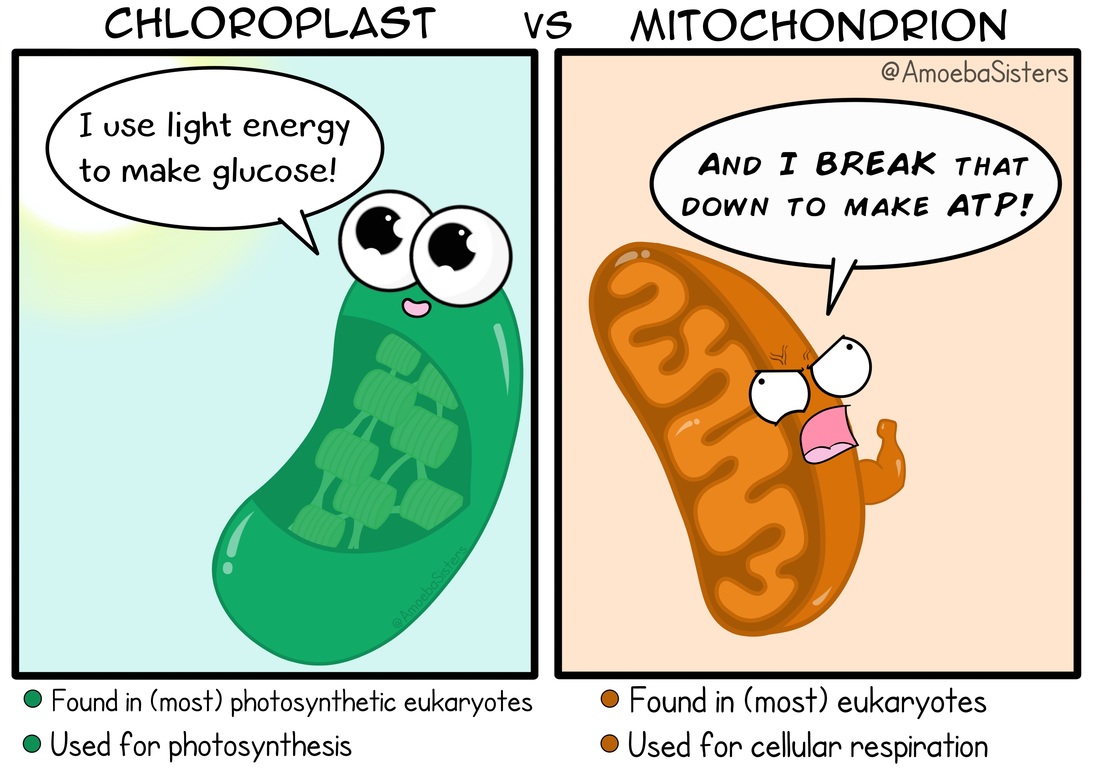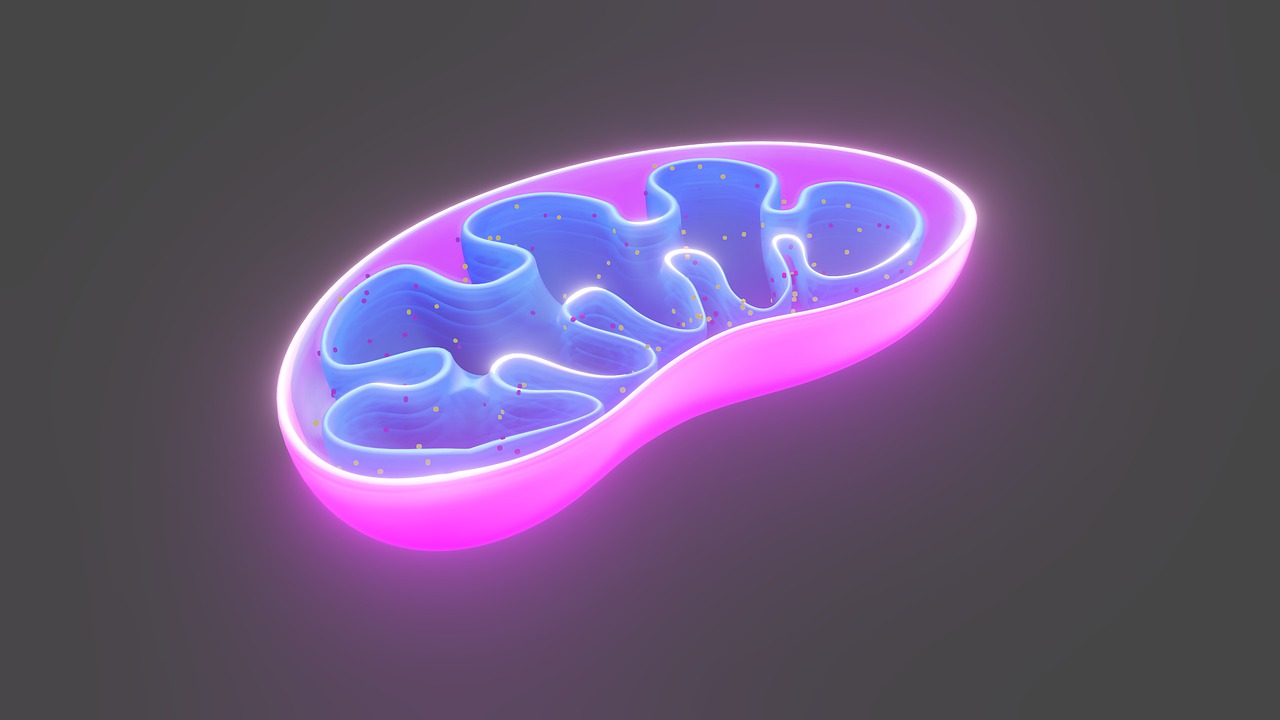By Frangiska Mylona,
It is well-known in our days, not only from the books but also from the Internet and from various memes that “mitochondria are the powerhouse of the cell” and yet, they are more than that, since, it has been proved that they are involved in the evolution process which led to the formation of the today’s species, those that are made from the eukaryotic cells.
From the energy production, to aging, to controlling cell death and even having the ability to make the monozygotic (identical) twins slightly different in terms of their genetic material, mitochondria are interlinked with evolution. They are found inside the eukaryotic cells and regulate many vital processes for the cell’s survival and thriving.
The already mentioned, eukaryotic cells include human cells, plant cells and animal cells which differ in many aspects from the prokaryotic ones. To sum up their differences, eukaryotic cells can shape shift, have an organized nucleus that contains double chain DNA, and they are larger in size than the bacterial ones. Also, eukaryotic cells contain organelles like mitochondria, while some photosynthetic eukaryotes like plants, additionally, contain chloroplasts to help them with photosynthesis.

Eukaryotic cells are the basic blocks of the formation of tissues and subsequently, of organs, and therefore of the whole organism and they are largely dependent on mitochondria for their energy and survival. It is even thought, that without the mitochondria, higher animals would not succeed to exist. And this is where the question arises, how did they enter and manage to coexist inside the eukaryotic cells?
This is explained by looking back billions of years ago. It seems that mitochondria were originally independent entities which were engulfed by other cells and, instead of being digested, they became symbionts, meaning that their presence benefited the host.
After a long time of genomic rearrangements, the engulfed entity became specialized in energy production, while the cell that engulfed them became specialized structurally and functionally. Since mitochondria have such a vital part in energy production, they should be praised for the today’s evolution that transformed the single – celled organism to the today’s eukaryotic multicellular organisms.
The amount of mitochondria in cells is proportional to their needs of energy. Active cells like those in the heart, in muscles and brain have thousands of mitochondria unlike the red blood cells or skin cells that may have a few or any. Also, the oocytes have more mitochondria that the sperm cells. It was known that mitochondria are transmitted only from the mother to the offspring, although some recent studies try to debunk this theory and find the contribution of sperm regarding the mitochondrial transmission.
Structurally, mitochondria are rod-like structures. They can divide or fuse together. Furthermore, they are double membrane-bound organelles with an outer membrane and an inner membrane that contains the matrix, (which is the space within the inner membrane) and an inter-membrane space between them. The inner membrane also creates folds known as cristae.
On top of that, mitochondria are semi-autonomous organelles, meaning that even though they have their own DNA (mtDNA) they are depending on the cell nucleus for their biogenesis as well as on cell’s cytoplasm for their biosynthetic activities.

The outer membrane allows the movements of ions, in and out of the mitochondria due to porins and, and additionally, it involves enzymes used for the elongation of fatty acids and for the oxidation of adrenaline.
The inner membrane due to the cristae, helps in energy production, by the process of oxidative phosphorylation, by maximizing the area where energy is produced. Also the electron transport chain (ETC) and, ATP synthase, are located in and on the inner membrane.

The matrix, as mentioned, includes enzymes responsible for the Krebs cycle. Molecules from the Kreb’s cycle (NADH and FADH2) are supplied to the electron transport chain (ETC). These two processes along with glycolysis (where glycolysis occurs in the cell’s cytosol) are the main components of cellular respiration. In a few words, they produce energy in the form of ATP by taking molecules from the breakdown of food and combining them with oxygen.
The ETC is made from the Complex I, Complex II, Coenzyme Q10, Complex III, Cytochrome C and Complex VI where the Complexes I, III and IV are known as proton pumps creating a proton gradient.
This proton gradient is used from ATP synthase, known as Complex V, for the production of ATP by the process of oxidative phosphorylation. To sum up, Complex V is not a part of the ETC but it ends this long chain of events by using this proton gradient and synthesizing ATP.
Digging further into the biochemical mechanism of the ETC, the produced NADH and FADH2 molecules from the Krebs cycle enter Complex I and II, respectively. Now the process is easy by observing the flow of the electrons; electrons from Complex I and II are given to Coenzyme Q10. Coenzyme Q10 passes the electrons to Complex III that passes them to Cytochrome C, which in turn passes electrons to Complex IV.
Complex IV takes the electrons and two hydrogen ions and combines them with oxygen to form water. This electron transport passage is not always efficient and electrons may leak into the matrix resulting in the formation of endogenous free radicals that result in oxidative stress which is a very powerful killing mechanism for the cells that can result to cell death, aging and a number of diseases!

Now that the ETC is explained, some agents can cause very potent poisonings by affecting its components. For example, carbon monoxide causes such a fatal poisoning because it displaces oxygen, and therefore, cellular respiration will stop. If the carbon monoxide is not removed, the cells will die and eventually this will be a fatal outcome for the organism also.
Furthermore, Complex IV is easily shut down by Cyanide. Fortunately, there is an antidote, Vitamin B12 that if it is given early, it can save someone’s life.
By understanding the electron transport chain, it is clear the etiology of why camels store fat instead of water inside their humps. The stored fat, not only does it provide energy, but it will also generate water from the complex IV! So camels can survive in the dessert without drinking water for a long period of time.

It seems that the nature, or God for those who are religious, looked after each and every cell for every creature. One should remember that mitochondria started as symbionts inside the cells and that there are not the only organisms that act like that in the human body. Some bacteria, that are part of the normal human microbiota in the intestines (and in other tissues), are also symbionts and, under normal conditions, they aid in the maintenance of the body’s homeostasis. This is a reminder that every single cell and organisms are a part of the “chain of life” that survive and evolve together.
References
- Mitochondria. TeachMe Physiology. Available here
- Lee Know. Mitochondria and the Future of Medicine: The Key to Understanding Disease, Chronic Illness, Aging, and Life Itself. Chelsea Green Publishing. Vermont. 2018




